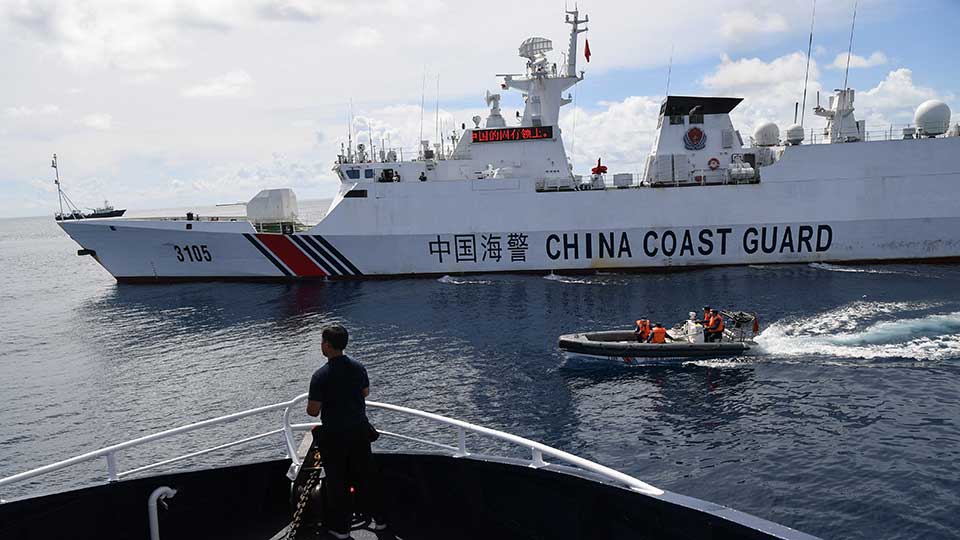The steadily escalating confrontation between China and the Philippines over disputed maritime territories in the South China Sea is prompting new anxieties in Asia that the feud could trigger a much larger conflict that includes the United States.
The Hindu, one of India’s largest newspapers (and one that tends to be more moderate in its coverage of China compared to other Indian media), sounded the alarm in an editorial this weekend: “The U.S. and its Pacific allies might get dragged into a conflict between China and the Philippines, potentially turning the South China Sea into a battle theatre.”

